
Dostarlimab effectively eliminates the need for surgery in patients with advanced mismatch repair–deficient tumors in renal cancer, enhancing quality of life.

Dostarlimab effectively eliminates the need for surgery in patients with advanced mismatch repair–deficient tumors in renal cancer, enhancing quality of life.

Ravindra Uppaluri, MD, PhD, lead investigator of the phase 3 KEYNOTE-689 trial (NCT03765918), highlights the potential of pembrolizumab (Keytruda; Merck) to improve outcomes following head and neck cancer treatment.
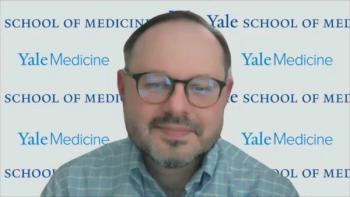
Richard J. Nowak, MD, MS, Yale School of Medicine, explains what some early myasthenia gravis symptoms are and their impact on research efforts.
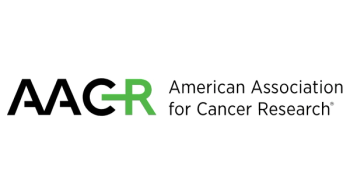
A program cochair said the agenda was designed to get attendees "out of their comfort zone." The Amercian Association for Cancer Research annual meeting runs April 25-30, with the key presentations coming Sunday through Tuesday.

Asembia's AXS25 Summit will unite more than 8000 key decision-makers to explore pharmacy innovation, artificial intelligence, policy, and patient care from April 27 to May 1 at Wynn & Encore in Las Vegas, Nevada.

Accountable care organizations (ACOs) are increasingly playing the role of data sleuths as they identify and report trends of anomalous billing in hopes of salvaging their shared savings. This mission dovetails with that of CMS, which under the new administration plans to prioritize rooting out fraud, waste, and abuse.

Program chairs Lillian L. Siu, MD, FAACR, and Matthew G. Vander Heiden, MD, PhD, highlight the cross-disciplinary approach to cancer research and innovation being taken at this year's American Association for Cancer Research (AACR) Annual Meeting.

Multidisciplinary coordination across prescribing teams, nursing, laboratory medicine, finance, and infusion centers is crucial for gene therapy delivery in Duchenne muscular dystrophy (DMD).
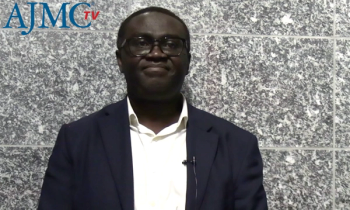
Sam Peasah, PhD, MBA, RPh, director of High-Value Health Care Value-Based Pharmacy Initiatives at UPMC Health Plan, discusses ways that health plans can help reduce the cost burden of medications to improve adherence.
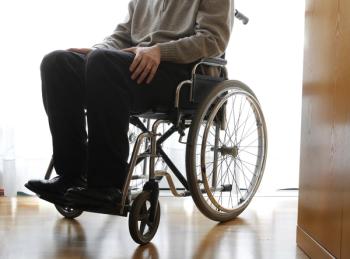
The remote measurement tool enables Duchenne muscular dystrophy (DMD) assessments through analysis of caregiver-recorded videos.
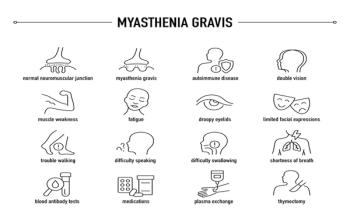
Research presented at the recent annual meeting of the Academy of Managed Care Pharmacy highlights outcomes among patients who have anti-acetylcholine receptor antibody-positive myasthenia gravis that include reduced exacerbations and need for immunoglobulin.

Elinzanetant significantly reduced the frequency and severity of vasomotor symptoms, known as hot flashes, compared with placebo across body mass index (BMI) and smoking status subgroups.
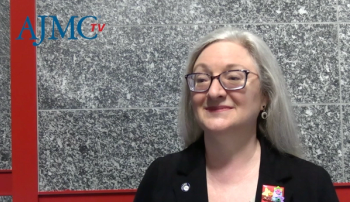
Employers have a unique role in helping to close health equity gaps among employees and their families, explained Kimberly Westrich, MA, chief strategy officer at the National Pharmaceutical Council.

Marla Black Morgan, MD, with Phoebe Neurology Associates, presented findings on a study into the diagnostic journey of patients with neuromuscular conditions who have rare diseases at the 2025 American Academy of Neurology annual meeting.

Sam Peasah, PhD, MBA, RPh, director of High-Value Health Care Value-Based Pharmacy Initiatives at UPMC Health Plan, discusses common barriers to adherence, including forgetfulness, cost, side effects, and the lack of understanding of the medication's importance.

Interventions that target enhancing health care equity among communities disproportionately affected by the COVID-19 pandemic can be improved by including comprehensive needs assessments at the patient, provider, and health system levels.

Orca-T showed lower rates of graft-vs-host disease or infection compared with allogeneic hematopoietic stem cell transplantation for myelodysplastic syndrome (MDS) or acute leukemias in the Precision-T trial, Caspian Oliai, MD, MS, UCLA Bone Marrow Transplantation Stem Cell Processing Center, said.
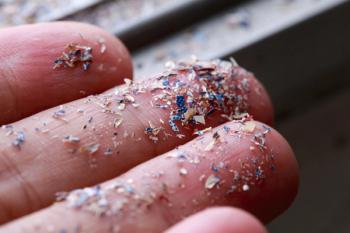
Experts at leading health care conferences last month called for further research into the health effects of microplastics and prompted immediate action to limit exposure.

Study participants treated with elinzanetant experienced significantly reduced hot flash frequency vs paroxetine, desvenlafaxine, and gabapentin in a new meta-analysis.

An expert on the intersection of HIV and menopause, Bridgette J. Picou, LVN, ACLPN, The Well Project, explains the importance of overcoming siloed care for women living with HIV and going through menopause.
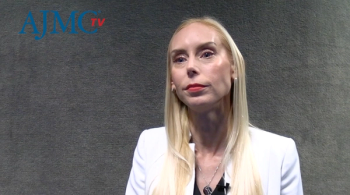
Laura Bobolts, PharmD, BCOP, senior vice president of clinical strategy and growth at OncoHealth, shares how health care leaders are advancing value-based care through improved data strategies, real-world evidence, and AI-driven efficiencies, without losing the human touch.
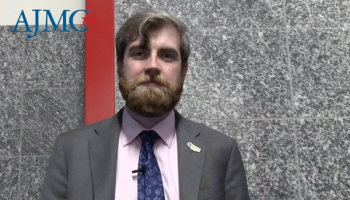
Adam Colborn, JD, associate vice president for congressional affairs, Academy of Managed Care Pharmacy, highlights key policy updates that are impacting managed care pharmacy.

The randomized control period of the MINT trial has completed, and these newest data describe outcomes among patients who have acetylcholine receptor antibody–positive generalized myasthenia gravis (AChR+ gMG), explained MINT principal investigator Richard Nowak, MD, MS, Yale School of Medicine.

A surge of generics, biosimilars, and innovative therapies is expected in 2025, addressing conditions from cancer to chronic diseases, as outlined at the Academy of Managed Care Pharmacy annual meeting.
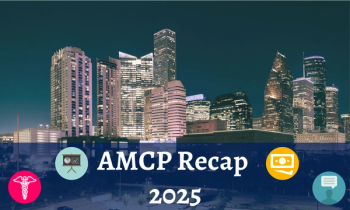
Attendees of the Academy of Managed Care Pharmacy annual meeting share explain what draws them to the conference year after year.

Research presented at the 2025 Academy of Managed Care Pharmacy annual meeting analyzed real-world treatment outcomes for dermatologic conditions, specifically highlighting the efficacy of ruxolitinib cream for atopic dermatitis and the potential for phototherapy to delay costly biologic initiation.

Giulio Cossu, MD, University of Manchester, discusses barriers to gene therapy research and development.

Lynae Darbes, PhD, discussed the findings of her study, which found that home-based visits helped to encourage the uptake of HIV testing.

The long-term safety and efficacy of treatments for allergy and inflammatory conditions was highlighted at the 2025 American Academy of Allergy, Asthma & Immunology/World Allergy Organization Joint Congress.
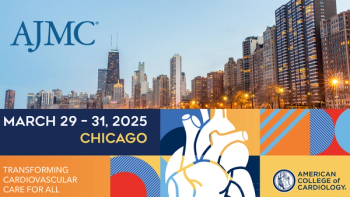
Experts highlight groundbreaking research presented at the American College of Cardiology Annual Scientific Session (ACC.25), which emphasized a shift toward more personalized, evidence-based treatment strategies.

259 Prospect Plains Rd, Bldg H
Cranbury, NJ 08512
© 2025 MJH Life Sciences®
All rights reserved.
